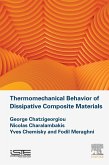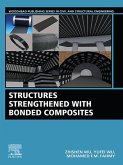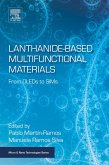Modelling and Mechanics of Carbon-based Nanostructured Materials sets out the principles of applied mathematical modeling in the topical area of nanotechnology. It is purposely designed to be self-contained, giving readers all the necessary modeling principles required for working with nanostructures. The unique physical properties observed at the nanoscale are often counterintuitive, sometimes astounding researchers and thus driving numerous investigations into their special properties and potential applications. Typically, existing research has been conducted through experimental studies and molecular dynamics simulations. This book goes beyond that to provide new avenues for study and review. - Explores how modeling and mechanical principles are applied to better understand the behavior of carbon nanomaterials - Clearly explains important models, such as the Lennard-Jones potential, in a carbon nanomaterials context - Includes worked examples and exercises to help readers reinforce what they have read
Dieser Download kann aus rechtlichen Gründen nur mit Rechnungsadresse in A, B, BG, CY, CZ, D, DK, EW, E, FIN, F, GR, HR, H, IRL, I, LT, L, LR, M, NL, PL, P, R, S, SLO, SK ausgeliefert werden.









